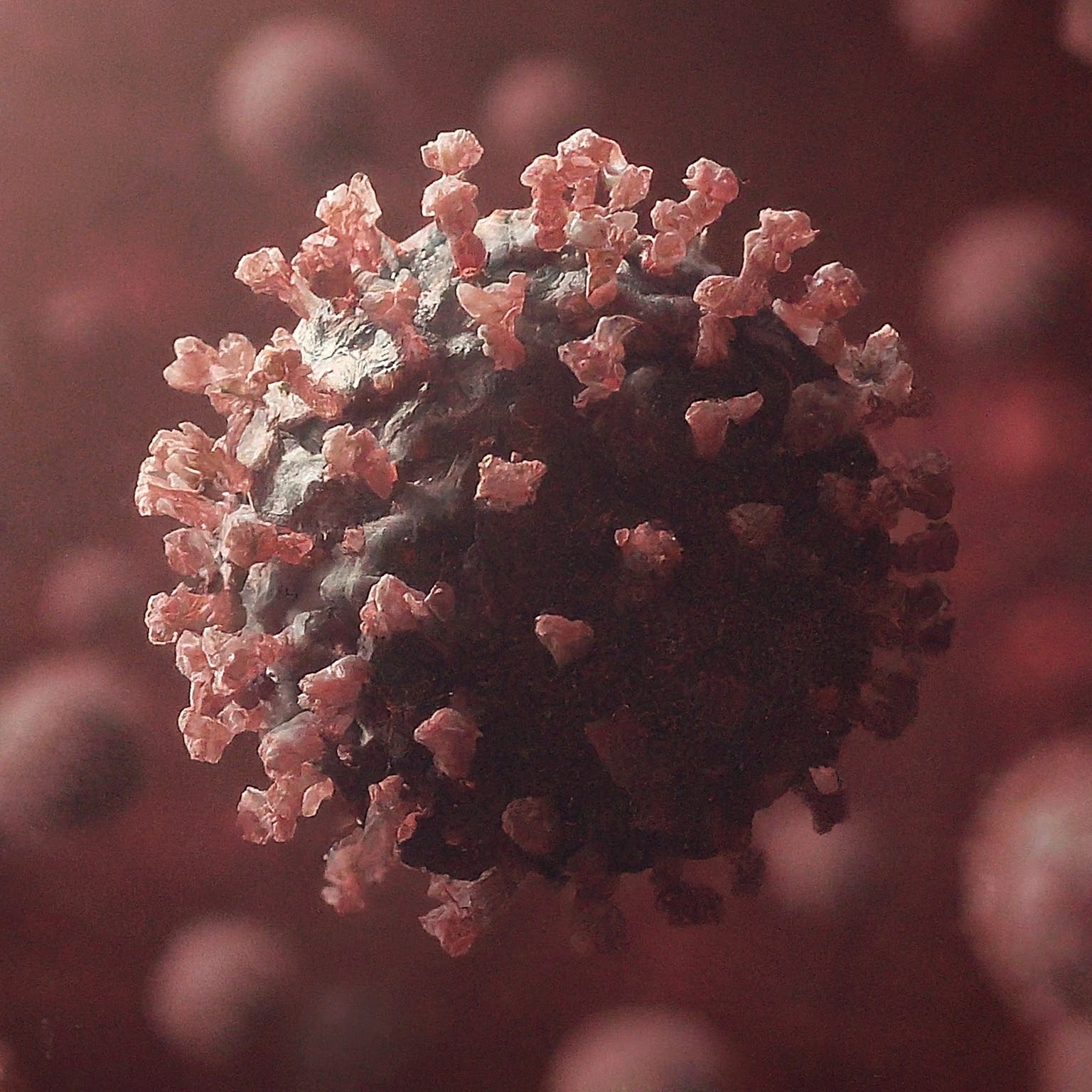The virus that causes COVID-19, SARS-CoV-2, is common in animal species, according to a Virginia Tech study, published in Nature Communications. Six popular backyard species tested positive for the virus, and five of those species had antibodies suggesting previous exposure to the virus, with rates of exposure varying from 40 to 60 per cent.
The study discovered that genetic monitoring in wild animals verified the existence of SARS-CoV-2 and distinct viral mutations with lineages closely resembling those circulating in people at the time, further validating the hypothesis that humans may transmit the virus to animals.
According to scientists at the Fralin Biomedical Research Institute at VTC, the Department of Biological Sciences in Virginia Tech’s College of Science, and the Fralin Life Sciences Institute, animals near hiking trails and busy public areas had the highest exposure to SARS CoV-2, suggesting the virus spread from humans to wildlife.
The results underline the necessity for widespread surveillance as well as the discovery of new SARS-CoV-2 mutations in animals. The development of a vaccine may face difficulties due to the possibility that these alterations are more contagious and dangerous.
Nonetheless, the scientists emphasised that there is no proof of the virus spreading from animals to people, so regular encounters with wildlife shouldn’t cause people’s concern.
Researchers examined animals from 23 widespread Virginia species to look for antibodies signifying prior infections as well as present illnesses. They discovered evidence of the virus in groundhogs, raccoons, deer mice, Eastern cottontail rabbits, Eastern red bats, and Virginia opossums. Unreported viral alterations were found in the virus isolated from a single opossum, and these changes may affect the virus’s ability to infect people and modulate their immune system.
The virus can jump from humans to wildlife when we are in contact with them, like a hitchhiker switching rides to a new, more suitable host, The goal of the virus is to spread in order to survive. The virus aims to infect more humans, but vaccinations protect many humans. So the virus turns to animals, adapting and mutating to thrive in the new hosts.
Carla Finkielstein
There have been reports of SARS-CoV-2 infections in animals, mostly in feral mink and white-tailed deer. The Virginia Tech study greatly broadens our understanding of viral transmission to and among animals by examining a larger number of species. The information implies that animals have been exposed to the virus on a large scale and that human-populated regions might operate as hubs for the spread of the infection amongst different species.
This study was really motivated by seeing a large, important gap in our knowledge about SARS-CoV-2 transmission in a broader wildlife community, A lot of studies to date have focused on white-tailed deer while what is happening in much of our common backyard wildlife remains unknown.
Joseph Hoyt
798 nose and oral swabs from animals that were either being treated at wildlife rehabilitation facilities or live-trapped in the field and released were gathered by the study team throughout Virginia. Also, the group collected 126 blood samples from six different species. The sites, which ranged from extreme wilderness to metropolitan settings with differing degrees of human activity, were selected to compare the virus’s existence in animals.
Additionally, two mice with the exact same variation were found at the same location on the same day by the research, suggesting that either one of them contracted it from the same people or the other one infected the other.
Regarding the mode of transfer from people to animals, researchers are unsure. Wastewater is one option, but the experts at Virginia Tech think that wasted food and garbage cans are more plausible sources.
I think the big take home message is the virus is pretty ubiquitous, We found positives in a large suite of common backyard animals.
Amanda Goldberg
Although Virginia was the study’s primary focus, several of the species that tested positive are common backyard creatures across North America. According to Hoyt, there is an urgent need for monitoring over a larger territory because it is possible that they are also being exposed in other places.
The virus is indifferent to whether its host walks on two legs or four. Its primary objective is survival. Mutations that do not confer a survival or replication advantage to the virus will not persist and will eventually disappear, We understood the critical importance of sequencing the genome of the virus infecting those species. It was a monumental task that could only be accomplished by a talented group of molecular biologists, bioinformaticians, and modelers in a state-of-the-art facility. I am proud of my team and my collaborators, their professionalism, and everything they contributed to ensure our success.
Carla Finkielstein
The experts stated that rather than discounting these alterations, they should keep an eye out for them. Further investigation is required to understand the virus’s mode of transmission from people to wildlife, as well as how it may move within a species and even across species boundaries.
Also, Read| Developing connections between neurons to maintain brain health
This study highlights the potentially large host range SARS-CoV-2 can have in nature and really how widespread it might be, There is a lot of work to be done to understand which species of wildlife, if any, will be important in the long-term maintenance of SARS-CoV-2 in humans.
Joseph Hoyt
But what we’ve already learned, is that SARS CoV-2 is not only a human problem and that it takes a heck of a multidisciplinary team to address its impact on various species and ecosystems effectively.
Carla Finkielstein
Source: Virginia Tech – News
Journal Reference: Goldberg, Amanda R., et al. “Widespread Exposure to SARS-CoV-2 in Wildlife Communities.” Nature Communications, vol. 15, no. 1, 2024, pp. 1-13, DOI: https://doi.org/10.1038/s41467-024-49891-w.





